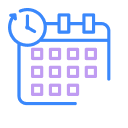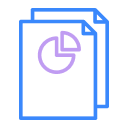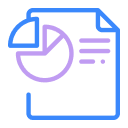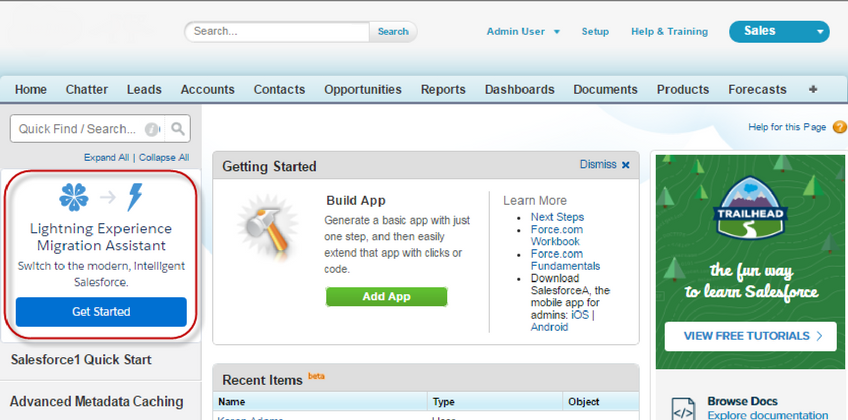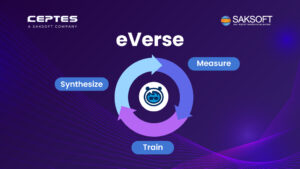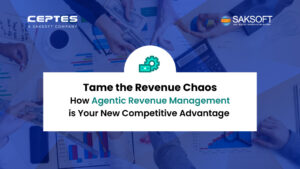We live in a customer-dominated economy, where CRM has become pivotal towards the growth and maintenance of any business. Against this backdrop, every organization tends to run and operate at a faster rate, than the original pace. The main reason behind is to both retain the existing customers as well as attract the new ones. While the market is growing at an incredible pace, companies must always focus on the process of delivering world-class experience to achieve noticeable growth. As the market says, that focusing on customer experience has a direct impact on the financial success of organizations. A relative effect of the surge can also be seen over the stock prices.
In fact, it can be said that, customer experience can outperform the market and marketing trends. Hence, comes into picture the Salesforce Lightning experience. This is a technique with the help of which companies achieve the necessary customer experience excellence. It delivers all the contemporary user experience that bridges the gap between customers and business.
Salesforce also tries to up to date their lightning version and keep it ahead of the evolving industry standards. This is done by delivering regular extensions and enhancements. It is also believed that the CRM software is anchored to the fluid architecture of the overall system as well as including the flexibility to accommodate the rapid changes in the market and deliver over the customer expectation.
The process to take advantage of Salesforce lightning
Once you have already recognized why it’s so important to indeed develop a new, Lightning-specific strategy the time arrives for taking advantage of the entire Lightning platform. As explained earlier this is the most unique and best platform for marketers.
Let us take you to an engagement centric approach to introducing Lightning within your org.
The First Phase: Vision and Goals
To begin with, you always need to define the UX goals, at the same time identifying the existing user experience gaps. The process determines your complete success metrics and you can now evaluate Lightning readiness using the Salesforce Lightning readiness checklist tool.
- Planning the desired business impact
- Setting-up the UX objectives
- Defining all the key success metrics
- Finally performing Lightning readiness check
- Assessing all readiness check report
The Second Phase: Awareness and Understanding
Next, you will have to identify the high impact business scenarios for a pilot program. Once it is done, the time is for identifying the use cases, and convert them to Lightning and release the solution.
- Taking steps around the early stakeholder
- Correctly developing the executive sponsorship messages
- Launching the system preview
The Third Phase: Rapid Adoption and Process Integration
Depending over the pilot feedback and also the lessons learned, you can always plan to migrate the complete functionality as well as rollout the new system for all users.
- Driving user enablement through some E-learning sessions
- Effective hands-on exercises
- Developing the Lightning Experience information tab for the ongoing access to resources
The Fourth Phase: Recurring Business Engagement
Finally, you can always work to attain the process maturity by simply establishing a continuous feedback loop with end users and at the same time maintain the system through releases.
- Analyzing the complete business impact
- Determining the status of UX objectives
- Measuring the entire progress against key success metrics
- Evaluating the entire system usage
Lightning With CEPTES
If you are ready to reap the benefits of Salesforce Lightning platform, then CEPTES Software is here to help. From the beginning of your cloud journey your organization will have the advantage our deep and extensive experience. our goal is help shape and deliver better Salesforce Lightning experience to drive real-time innovation and value to your business.





